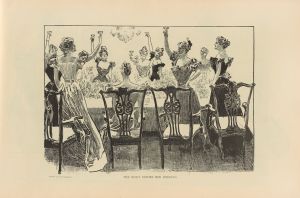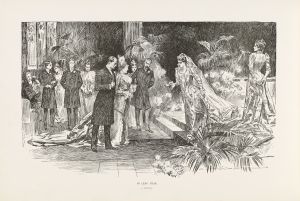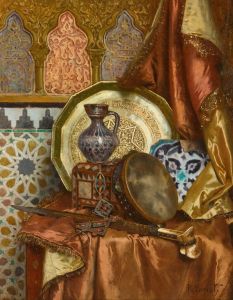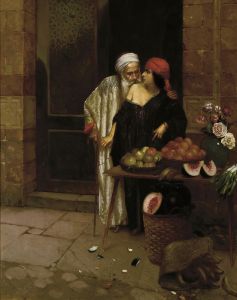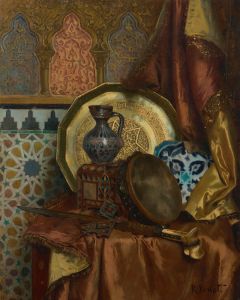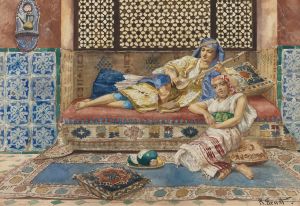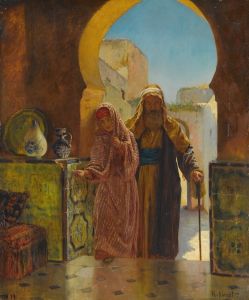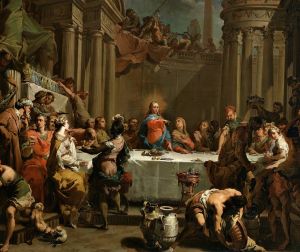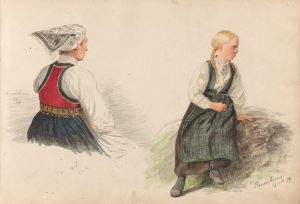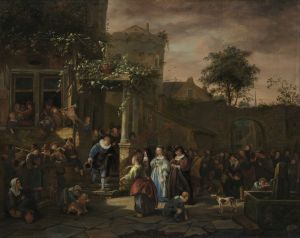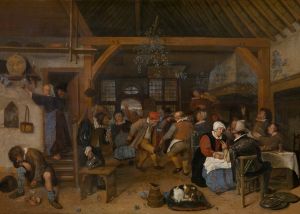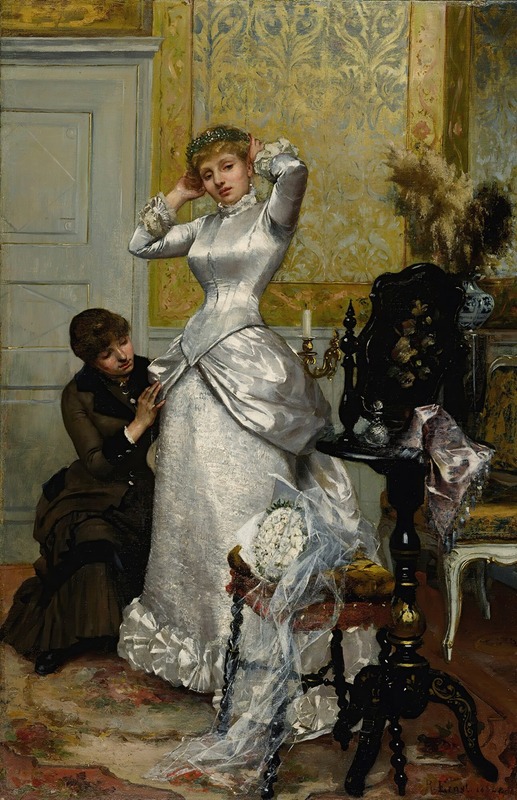
Dressing The Bride
A hand-painted replica of Rudolf Ernst’s masterpiece Dressing The Bride, meticulously crafted by professional artists to capture the true essence of the original. Each piece is created with museum-quality canvas and rare mineral pigments, carefully painted by experienced artists with delicate brushstrokes and rich, layered colors to perfectly recreate the texture of the original artwork. Unlike machine-printed reproductions, this hand-painted version brings the painting to life, infused with the artist’s emotions and skill in every stroke. Whether for personal collection or home decoration, it instantly elevates the artistic atmosphere of any space.
Rudolf Ernst was an Austrian painter known for his Orientalist works, which often depicted scenes inspired by the cultures and settings of the Middle East and North Africa. One of his notable paintings is "Dressing The Bride," which exemplifies his fascination with the exotic and the detailed portrayal of Eastern life.
"Dressing The Bride" is a vibrant and intricate painting that captures a moment of cultural significance and celebration. The painting showcases Ernst's meticulous attention to detail and his ability to render textures and patterns with precision. The scene is set in an opulent interior, likely inspired by Ernst's travels and studies of Eastern architecture and decor. The room is richly adorned with intricate carpets, luxurious fabrics, and ornate furnishings, reflecting the artist's interest in the lavish and the exotic.
At the center of the composition is the bride, who is the focal point of the painting. She is depicted in a seated position, surrounded by attendants who are assisting her in preparing for her wedding. The bride is dressed in elaborate traditional attire, which includes a richly embroidered gown and a veil. The attention to detail in her clothing is remarkable, with Ernst capturing the intricate patterns and vibrant colors that characterize traditional Eastern bridal wear.
The attendants, who are also dressed in traditional garments, are engaged in various tasks related to the bridal preparation. Some are adjusting the bride's attire, while others are arranging her jewelry or attending to her hair. The interaction between the figures is depicted with a sense of intimacy and care, highlighting the communal aspect of the bridal preparation process.
Ernst's use of color in "Dressing The Bride" is particularly noteworthy. He employs a rich palette that includes deep reds, golds, and blues, which not only enhances the opulence of the scene but also adds to the overall warmth and vibrancy of the painting. The play of light and shadow further adds depth to the composition, creating a sense of realism and three-dimensionality.
The painting is a testament to Ernst's skill as an artist and his ability to capture the essence of a culture that fascinated many Western artists of his time. His work is often characterized by a romanticized view of the East, a common trait among Orientalist painters, who were influenced by the allure of the exotic and the unfamiliar.
"Dressing The Bride" is a fine example of Orientalism in art, a movement that sought to depict the cultures of the East through the lens of Western artists. While the accuracy of such depictions is often debated, the painting remains a valuable piece of art history, offering insight into the 19th-century European perspective on Eastern traditions and aesthetics.
Rudolf Ernst's "Dressing The Bride" continues to be appreciated for its artistic merit and its role in the broader context of Orientalist art. It serves as a window into a specific time and place, capturing the imagination of viewers with its beauty and attention to cultural detail.





